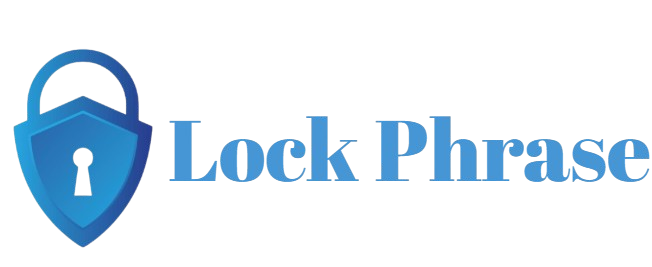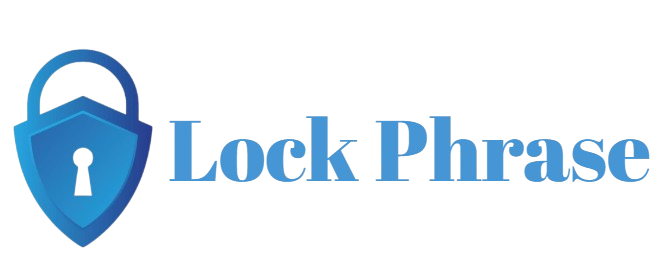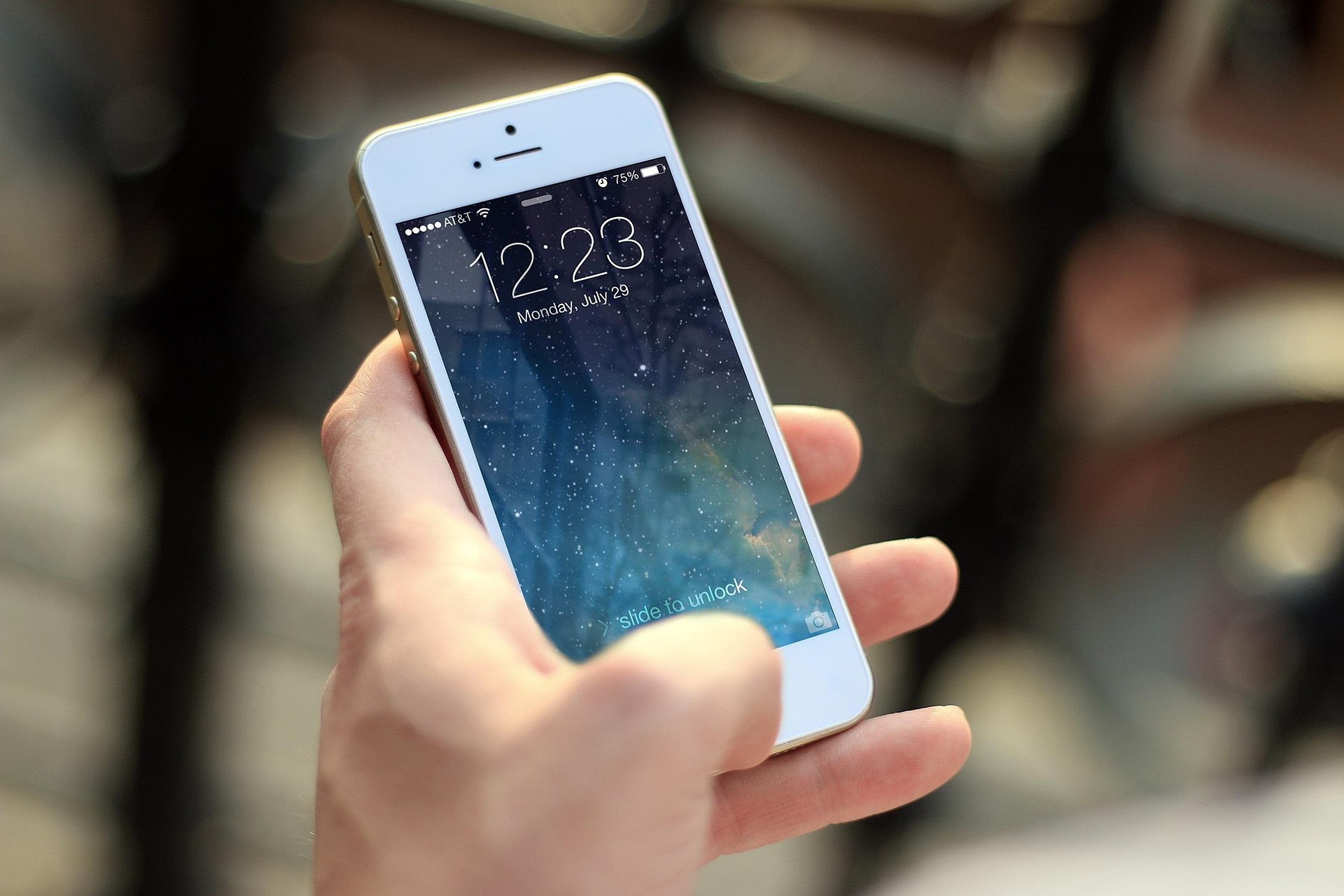Apple ID is the central account used to access all Apple services, including the App Store, iCloud, iMessage, FaceTime, and device tracking features like Find My iPhone. It acts as both a security layer and a digital identity for Apple users, ensuring that only the rightful owner can use or reset an iPhone. Because of its importance, forgetting your Apple ID password can result in being locked out of your device, especially after a factory reset or software update.
There are several situations where users might lose access to their Apple ID password: forgetting login credentials, purchasing a second-hand phone still linked to the previous owner’s Apple ID, or experiencing account lockouts due to repeated failed login attempts. These issues can make the iPhone unusable, as iCloud Activation Lock will prevent access without the correct credentials.
In this guide, we’ll walk through safe and legal methods to unlock an iPhone if you don’t remember the Apple ID password. Solutions include using Apple’s account recovery, contacting the previous owner, attempting iTunes or Finder restoration, and reaching out to Apple Support. We’ll also discuss important legal precautions to help you avoid data loss, scams, or violating Apple’s policies.
Why You May Need to Unlock iPhone Without Apple ID Password
There are several real-world scenarios where someone may need to unlock an iPhone without knowing the Apple ID password. One of the most common is purchasing a second-hand iPhone. Many users unknowingly buy used devices that are still linked to the previous owner’s Apple ID. Without that password, the iPhone remains locked through Apple’s Activation Lock, making it unusable.
Another common issue is forgetting your Apple ID credentials, especially if the account hasn’t been used in a while. Without the correct login, users can’t sign in to iCloud or disable security features like Find My iPhone.
Some users find themselves locked out after performing a factory reset or iOS update, which prompts re-entry of the Apple ID. If you don’t have the password, you’re stuck at the setup screen.
Lastly, if Face ID or Touch ID stops working, and you can’t remember your password, access becomes impossible.
Preliminary Checks Before Proceeding
Before attempting to unlock an iPhone without an Apple ID password, it’s crucial to perform a few important checks to ensure the process is legal, safe, and more likely to succeed.
- Ensure the Device Is Not Stolen: Confirm that the iPhone is legitimately yours or was acquired legally. Apple’s security features like Activation Lock are designed to prevent stolen phones from being used. If the device is reported as lost or stolen, unlocking it without permission is illegal and against Apple’s policies.
- Check Internet Connection: Make sure the iPhone is connected to a stable Wi-Fi or cellular network. Most unlocking methods, especially those involving Apple ID verification, require internet access to communicate with Apple’s servers.
- Check if “Find My iPhone” Is Enabled: The status of Find My iPhone affects your unlocking options. If it’s enabled, more advanced verification is required. If it’s off, bypassing or resetting the device becomes easier.
- Backup Any Accessible Data: If you can access the phone or parts of it, try to back up any data—photos, contacts, or notes. Some unlocking methods (like factory resets) will erase everything, so it’s important to save what you can beforehand.
Methods to unlock an iPhone without the Apple ID password
1. Use Apple’s Account Recovery Process
If you’ve forgotten your Apple ID password and can’t reset it through the usual means, Apple offers an official Account Recovery process. This method is designed to help users regain access to their Apple ID when standard password reset options are unavailable. To begin, visit iforgot.apple.com and enter your Apple ID email address. Apple will then guide you through a series of steps, which may include answering security questions, verifying your phone number, or confirming identity through a trusted device if available.
If none of these are possible, you can request account recovery, during which Apple may take several days to verify your identity. You’ll receive updates on the process via email or text. This time is used to ensure that the request is legitimate and not an attempt to gain unauthorized access.
Once verified, Apple will send instructions to reset your password. It’s essential that the information you provide matches what’s on your Apple ID account.
2. Use a Previously Signed-in Device for Verification
If you’ve previously signed in to your Apple ID on another Apple device, such as an iPhone, iPad, or Mac, you can use it to verify your identity or reset your Apple ID password. When attempting to log in or reset the password, Apple may prompt a notification on the trusted device asking for approval. Once approved, you’ll be guided through steps to create a new password.
Additionally, you can go to Settings > [Your Name] > Password & Security > Change Password on a trusted device. You’ll be asked to enter the passcode of the device, then allowed to reset your Apple ID password. This method is quick and efficient, but it only works if the device is still accessible and not erased.
This method is highly secure because it relies on Apple’s two-factor authentication. It’s a reliable way to regain access without involving external tools or losing data. If your locked iPhone is your only device, however, this option won’t work. But for users with access to a previously signed-in Apple device, it’s one of the fastest and safest ways to recover access.
3. Reset Password Using Apple ID Website
If you know your Apple ID email but forgot the password, you can use Apple’s password reset site to regain access. Visit iforgot.apple.com and enter your Apple ID (usually your email address). Apple will offer several recovery options depending on what’s set up in your account—such as verifying your identity via a trusted phone number, answering security questions, or sending a password reset link to your email.
Follow the prompts based on the method you choose. If you have two-factor authentication enabled, you may receive a verification code on a trusted device. Once verified, you’ll be asked to set a new password for your Apple ID.
This method is straightforward, legal, and safe. It doesn’t involve erasing your device and is ideal if you still have access to your recovery information. However, it won’t work if you’ve lost access to both your email and trusted device, in which case you’ll need to initiate Apple’s longer account recovery process.
4. Use iTunes to Restore iPhone (If “Find My iPhone” is Off)
If Find My iPhone is turned off on the device, you can bypass the Apple ID lock by restoring the iPhone through iTunes or Finder. This method works best for users who have access to a computer that the iPhone has previously synced with.
To do this, connect the iPhone to the computer using a USB cable. Open iTunes (or Finder on macOS Catalina and later), select your device, and choose Restore iPhone. This process will erase all data on the phone and install a fresh version of iOS. After the restore, the iPhone will restart and allow you to set it up as new—without requiring the Apple ID password, provided Activation Lock is disabled.
Restoring via iTunes is a safe and official Apple-supported method. Just be aware that it will erase all data unless previously backed up. It’s most useful when dealing with an older device or if Activation Lock was manually turned off by the previous owner.
5. Use iCloud (If “Find My iPhone” Is On and You Know the Password)
If “Find My iPhone” is enabled on your device, and you still know your Apple ID password, you can use iCloud to unlock the device remotely. This method is especially useful if the iPhone is disabled or you’re unable to access it physically.
Go to iCloud.com and log in using your Apple ID. Click on Find iPhone, then select the locked device from the list of devices. Choose Erase iPhone, which will delete all content and settings, including the screen lock. Once erased, the device will be ready for setup again.
To complete the unlock, go back to iCloud and remove the device from your account by clicking Remove from Account. This removes the Activation Lock and allows the phone to be set up under a different Apple ID.
6. Contact the Previous Owner
If you purchased a second-hand iPhone that’s still linked to the previous owner’s Apple ID, the most reliable and ethical solution is to contact them and ask for their help. Only the original owner can remove the Activation Lock via iCloud.
Ask the previous owner to go to iCloud.com > Find iPhone, select the locked device, choose Erase iPhone, and then Remove from Account. Once this is done, the iPhone will be free of any Apple ID lock and can be set up by a new user.
Alternatively, they can unlock the device directly by entering their Apple ID credentials during the setup process or within Settings if the phone is still operational.
7. Contact Apple Support with Proof of Ownership
If you are the rightful owner of the iPhone and can’t access your Apple ID, you can reach out to Apple Support for help. Visit support.apple.com and start a chat or request a call. Explain the situation—whether you forgot the password, lost access to the email, or inherited the device.
Apple will ask for proof of ownership, such as the original purchase receipt or invoice that includes the device’s serial number or IMEI. Once they verify that you are the legal owner, they may help you disable Activation Lock or recover access to your Apple ID.
This method is safe, legal, and recommended for people who legitimately own the device but face technical or account-related barriers. However, Apple has strict security policies and will not unlock the phone unless the documentation matches their records.
8. Use Third-Party Unlock Tools (Use with Caution)
There are third-party tools like Tenorshare 4uKey, iMyFone LockWiper, and AnyUnlock that claim to remove the Apple ID from an iPhone, especially when Activation Lock is active. These tools work by exploiting software vulnerabilities to bypass Apple ID verification, and are often used when no official recovery method works.
Using such software typically requires connecting your iPhone to a computer, launching the tool, and following on-screen instructions. Most tools will erase all data on the device. Some may require jailbreaking, which can void warranties and potentially damage the device.
Conclusion
Unlocking an iPhone without the Apple ID password can be challenging, but it’s not impossible—especially if you are the rightful owner. Whether you’ve forgotten your credentials, purchased a second-hand device, or are locked out due to a reset, several legitimate and effective solutions are available. The best approach is to start with Apple’s official recovery tools, such as the Apple ID website, trusted devices, or iCloud. If those methods aren’t possible, contacting the previous owner or reaching out to Apple Support with proof of ownership can help resolve the issue legally and safely.
While third-party unlock tools may offer a last-resort option, they should only be used with caution, as they come with significant risks and may not work on all devices or iOS versions. Avoid shortcuts that might compromise your device’s security or violate Apple’s policies.
Ultimately, the safest and most reliable way to manage Apple ID issues is by keeping your account information up to date and ensuring that ownership transfers are handled properly when buying or selling used devices. By following the right steps, you can regain access to your iPhone and continue using it securely.


